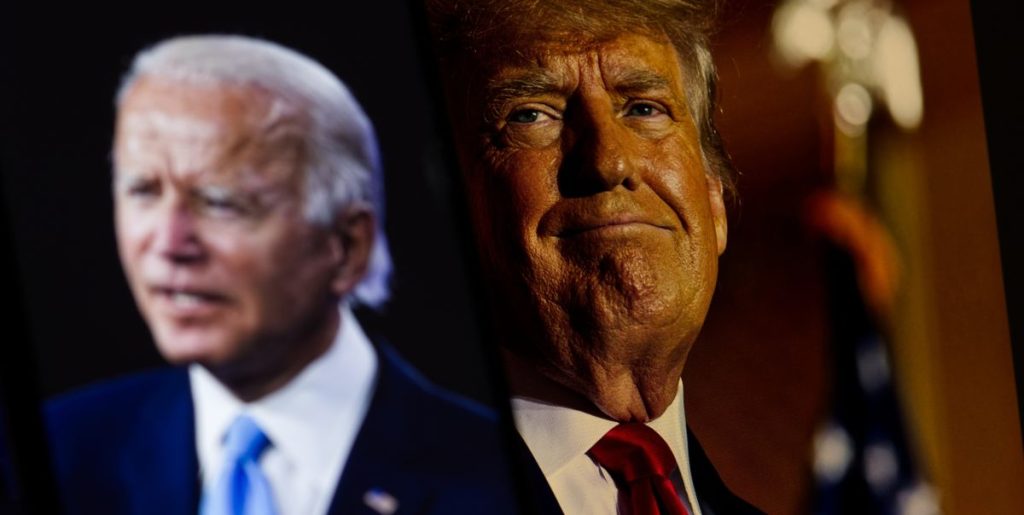American intelligence has provided Ukraine with critical information to guide these attacks.
Others are reading now
American intelligence has provided Ukraine with critical information to guide these attacks.
US secretly helped Ukraine
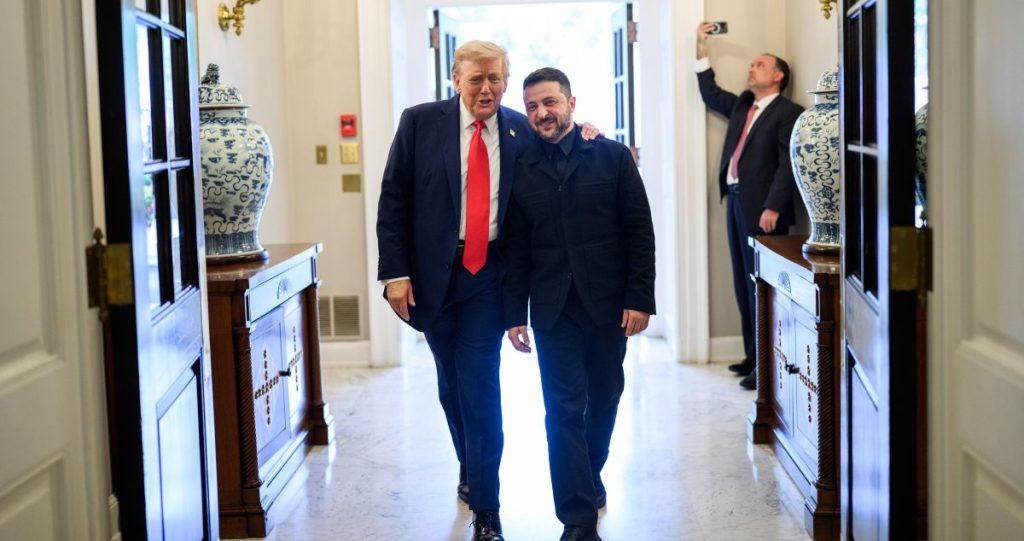
The United States has quietly supported Ukraine’s long-range drone attacks on Russian oil and energy facilities for months, according to an investigation by the Financial Times.
The goal, officials say, is to weaken Russia’s economy and push Vladimir Putin to the negotiating table.
These operations have crippled Russia’s refining capacity, forcing Moscow into an energy crisis unprecedented since the full-scale invasion began.
Ukraine’s strikes cripple Russian fuel production
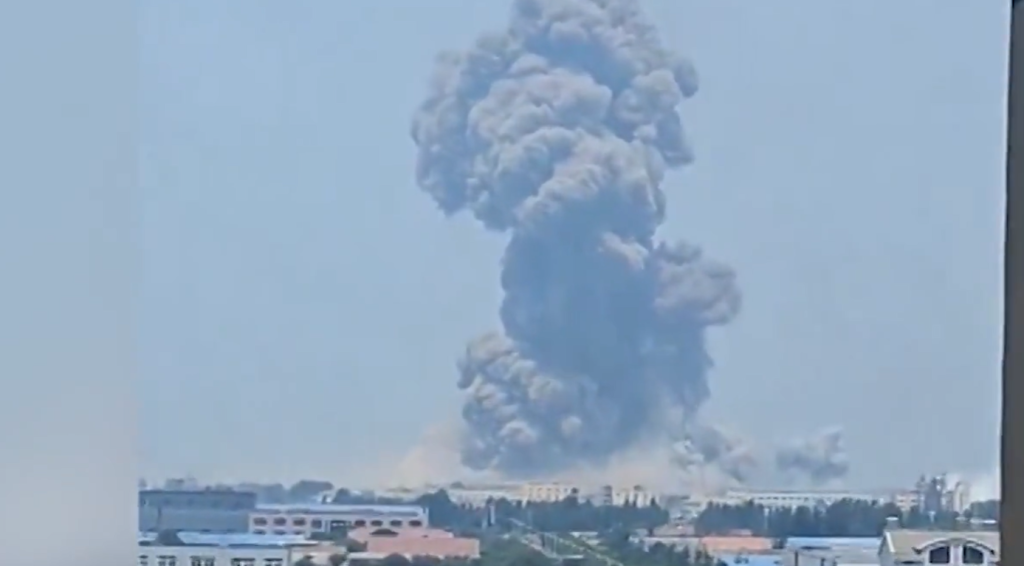
Ukraine’s drone campaign has knocked out nearly 40 percent of Russia’s oil refining capacity, triggering fuel shortages, long queues at petrol stations, and soaring prices across the country.
Also read
Moscow has been forced to import fuel from Belarus and is reportedly preparing to buy from China and other Asian suppliers to fill the gap.
The strategy, US officials say, aims to squeeze the Kremlin’s economic base that funds the war effort.
Intelligence sharing behind the scenes

American intelligence has provided Ukraine with critical information to guide these attacks.
Sources told the Financial Times that US analysts have been helping plan routes, altitudes, and flight patterns for Ukraine’s long-range drones to evade Russian air defences.
The cooperation has grown steadily since midsummer and marks one of the most direct, though still unacknowledged, forms of US operational support in the war.
Also read
Biden discouraged escalation
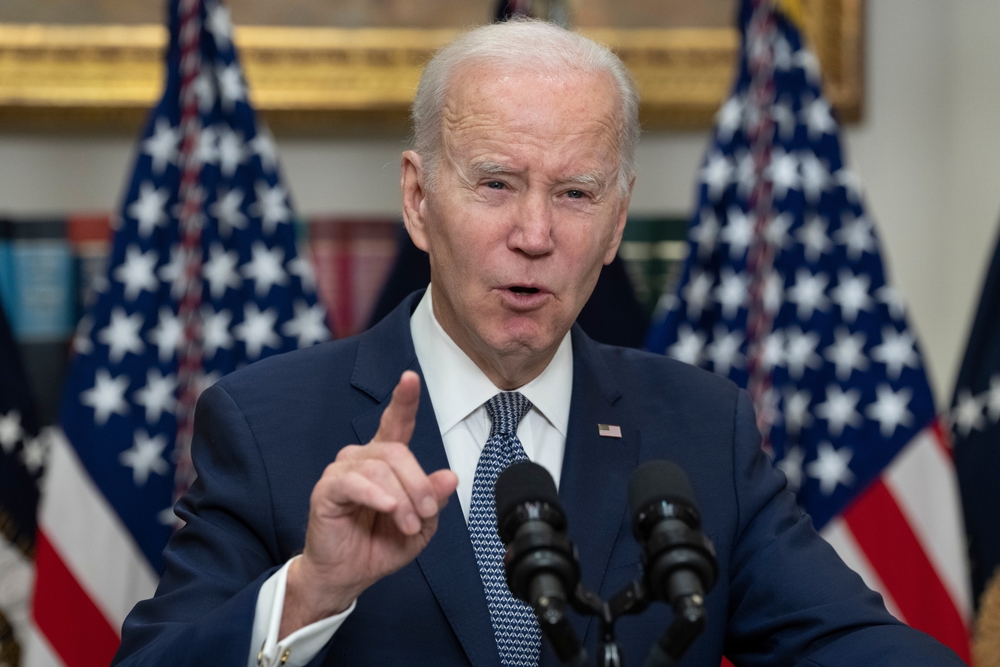
While President Joe Biden’s administration was cautious about strikes inside Russia, Donald Trump has reportedly taken the opposite approach since returning to office.
Trump authorised greater intelligence sharing and encouraged operations that Biden had previously discouraged for fear of escalation.
This shift, insiders suggest, reflects Trump’s growing frustration with Moscow and his desire to “make the Russians feel pain.”
Trump’s ‘pain strategy’ against Putin
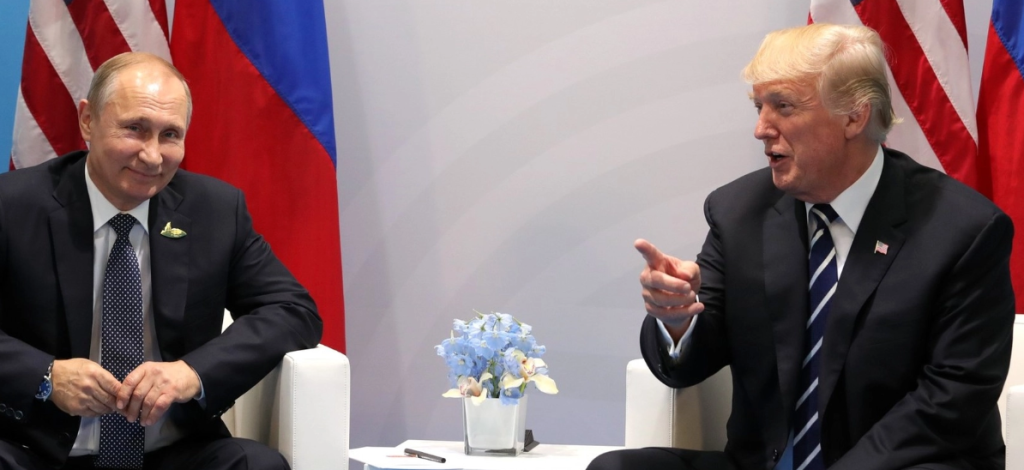
According to sources, the turning point came during a July 4 phone call between Trump and Ukrainian President Volodymyr Zelensky.
Trump allegedly asked, “Volodymyr, can you hit Moscow? And St. Petersburg?”, a question that followed what he described as a “stupid” conversation with Putin the day before.
Also read
Insiders say Trump’s strategy was clear: to force the Kremlin to the table by intensifying pressure through economic and psychological blows.
The Kremlin accuses Washington of direct involvement
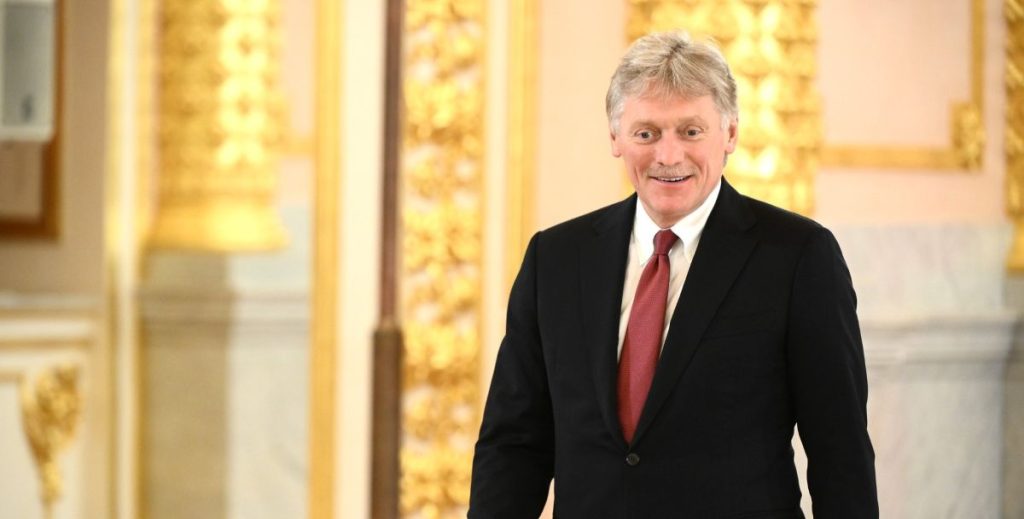
Russia has reacted furiously to the reports. Kremlin spokesman Dmitry Peskov said on October 2 that “the entire infrastructure of NATO and the United States” was being used to assist Ukraine in target selection.
Moscow claims Western intelligence is directly orchestrating the strikes, though Washington has never formally acknowledged involvement.
Who really picks the targets?
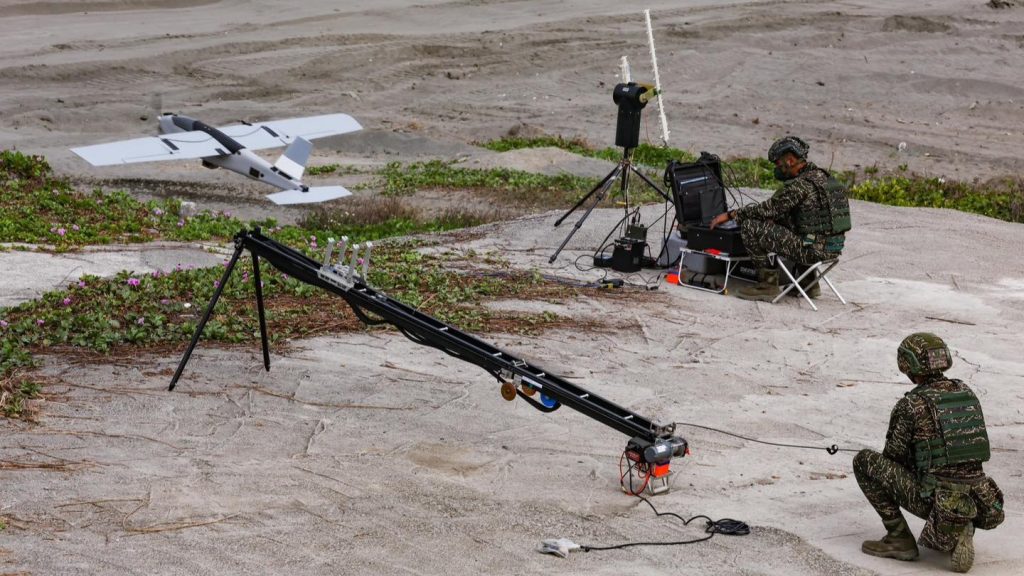
A lingering question divides officials: is Ukraine fully in control of its own targeting, or merely a “tool” of Washington?
One American official insisted Ukraine chooses its targets, while the US only provides vulnerability data.
Also read
Others told the FT that Washington also sets priorities for what should be hit next.
“Kiev’s drone force,” one insider said, “is the tool through which Washington is undermining Russia’s economy.”
A possible new wave of missiles
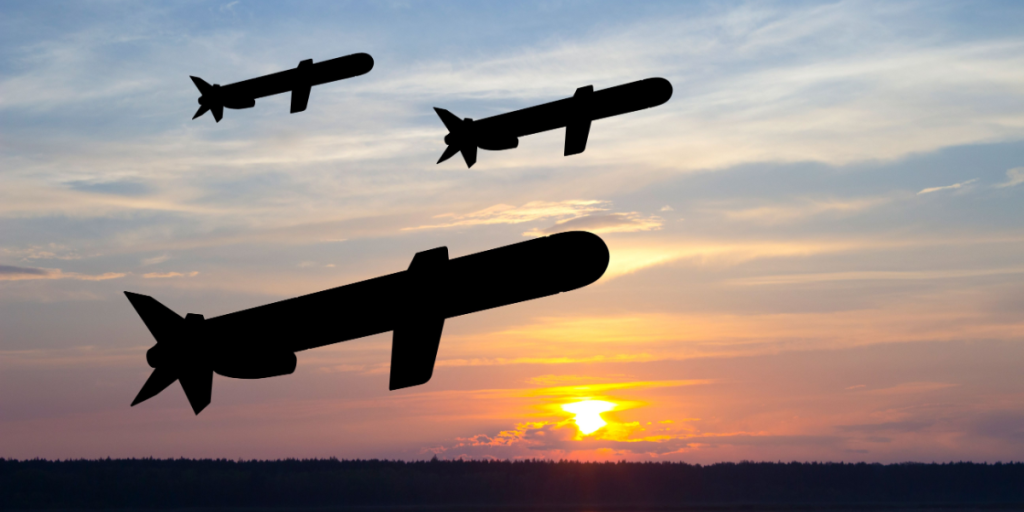
In addition to intelligence, the US is now considering giving Ukraine long-range weapons such as Tomahawk and Barracuda missiles.
The Tomahawk can strike targets up to 2,500 kilometres away, enough to hit Moscow if launched from Ukrainian soil.
Officials say this would mark a significant escalation, as it would allow Ukraine to attack Russia’s core infrastructure with unprecedented precision.
Also read
NATO allies drawn into deeper coordination
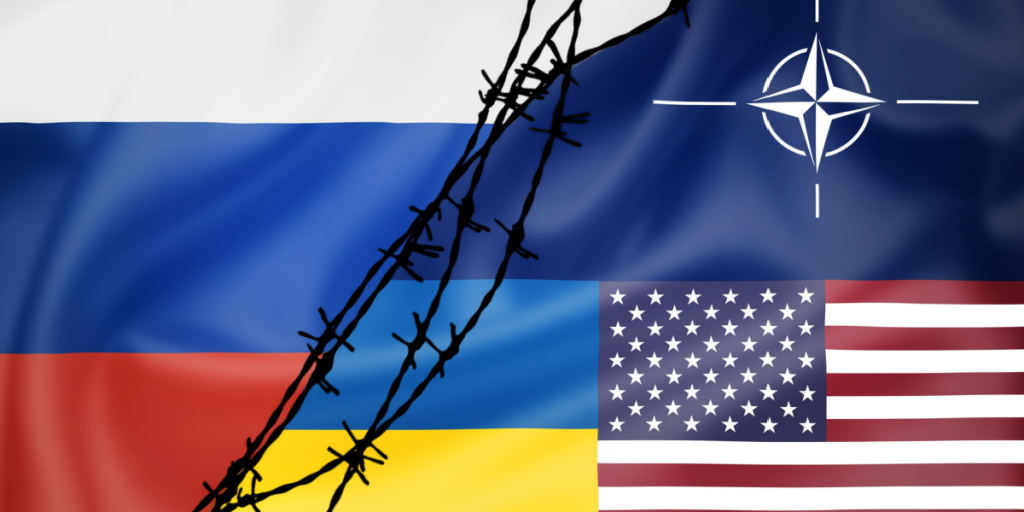
Washington has also been asking NATO partners to provide intelligence and logistical support for Ukraine’s long-range operations, according to Wall Street Journal reports confirmed by US officials.
This cooperation suggests a coordinated Western campaign to degrade Russia’s energy sector without openly declaring direct participation in combat.
Ukraine’s homegrown ‘Flamingo’ missile enters the mix
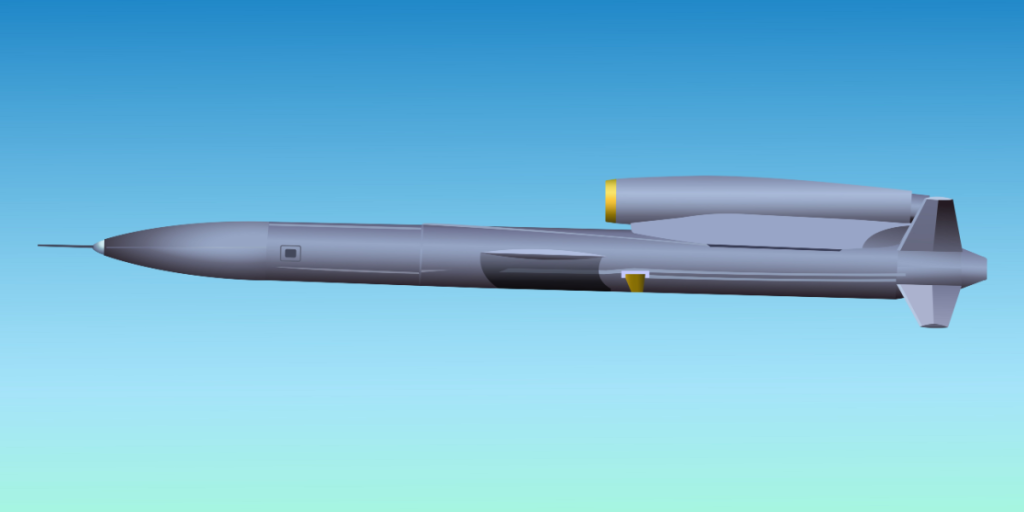
Ukraine, meanwhile, has been developing its own long-range weapon, the Flamingo missile, though details about its deployment remain scarce.
The missile is still in early production, but combined with US technology and intelligence, it could soon expand Kyiv’s capacity to strike deeper into Russian territory.
Analysts believe this new phase could push Russian air defences to the limit.

